Real-Ear Measurements with the Simple, Intuitive and Complete Trumpet REM System from Inventis
AudiologyOnline: Can the Trumpet REM system be used for a Live Speech Measurement?
Massimiliano Piatto: Yes, the REM module of Maestro software has a specific Live Speech measurement mode that allows the hearing care professional to record either live or recorded responses in the ear. The responses may be displayed as percentile curves or as overlapping the modified speech banana. The area where the majority of the recorded speech curves are displayed (between the upper and lower percentile curves) will be based on the patient's hearing thresholds. It is possible to record the curves by using a standard averaging or by using peak mode. In the peak mode, the maximum intensity of the curve at every frequency will be shown, along with a curve showing the intensity peaks of the incoming signal. An RMS level meter will show the RMS of the incoming speech to make it easier for the clinician to maintain the same speech volume during the measurement.
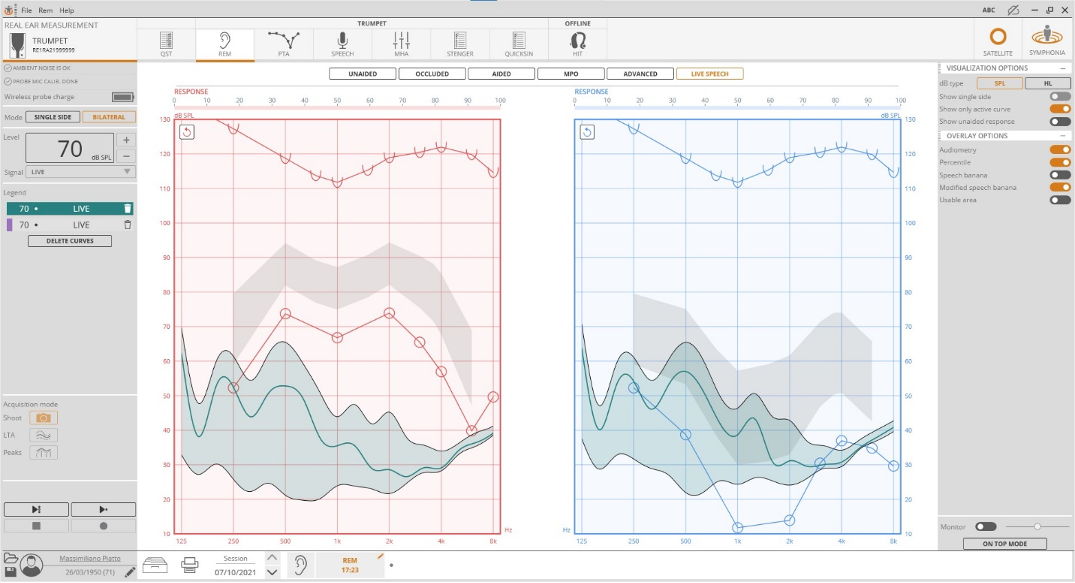
Figure 1. Maestro software Live Speech screen with standard averaging.
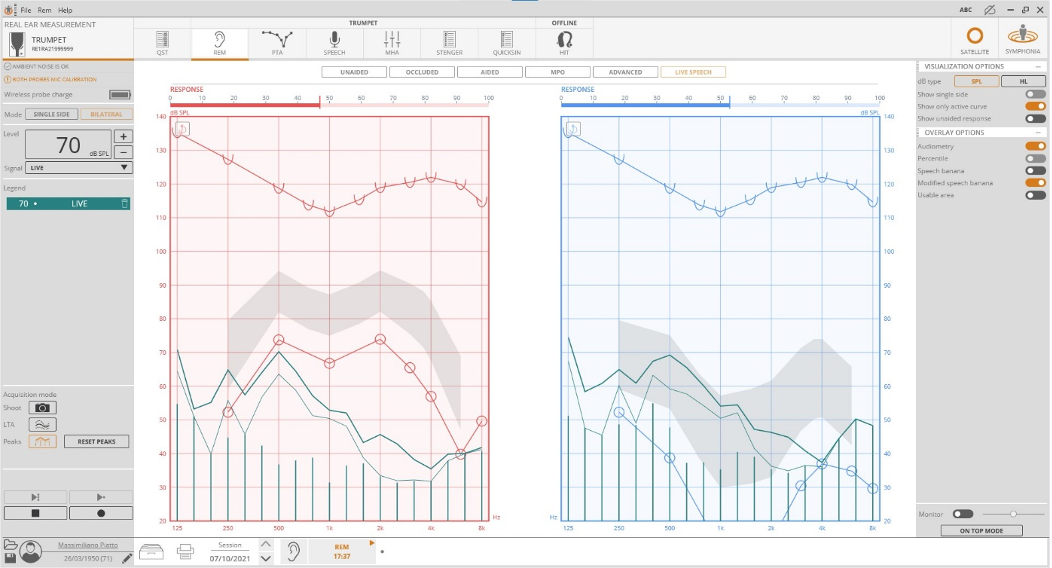
Figure 2. Maestro software Live Speech screen, peak mode.
AudiologyOnline: What is the purpose of conducting a Live Speech Measurement?
Massimiliano Piatto: The live speech measurement can be used as a visual aid to demonstrate the benefit of the hearing aids for listening to actual speech, such as the voice of the patient's significant other. Using Live mode for speech mapping will display the intensity and frequency of that real speech signal at the patient's eardrum.
When fitting hearing aids to prescriptive targets, a standard but meaningless speech signal like ISTS or ICRA is typically used during REM. After performing a standard fitting in this way, it is important to get the patient's initial impressions, and then perform any finetuning to ensure the settings will meet the patient's needs. This is where Live mode for speechmapping is useful. The modified speech banana can help the clinician to determine if the entire spectrum of the speech, and not only its average, will be heard by the patient and, conversely, to ensure the speech peaks will not be too loud.
AudiologyOnline: Can you make adjustments to the hearing aid during the Live Speech Measurement?
Massimiliano Piatto: Yes, you can adjust the hearing aid while acquiring live speech measurement either in “play” mode or in “peak” mode. If the clinician is in peak mode they will need to first “reset peaks.” That will reset the curve of the maximum peaks in order to use it for the newly provided amplification. You can also make some adjustments based on the patient’s feedback: it is important to fit the hearing aid correctly to the prescriptive target curve, but it is also equally important to provide a comfortable fitting to the patient, especially in a real listening environment.
AudiologyOnline: What is the purpose of conducting Unaided Measurements?
Massimiliano Piatto: The unaided measurement is a good way to understand if the probe tube is inserted to the correct depth inside the patient’s ear. When the probe tube is inserted correctly, the curve should not show dips in the higher frequencies. An unusual unaided curve may also indicate that the tip of the probe tube is pointing toward the wall of the ear canal instead of the eardrum.
Conducting unaided measurements can also detect problematic or atypical ears. If the unaided gain curve of the patient differs significantly from the average (as shown in the software), this is an indication that some additional finetuning may be in order during the fitting.
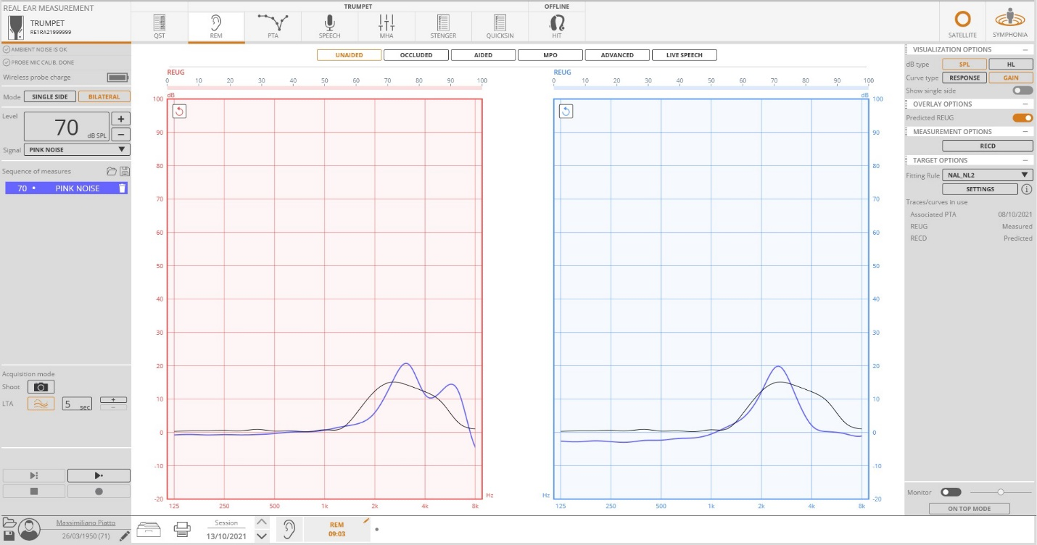
Figure 3. Maestro software Unaided screen.
AudiologyOnline: What is the purpose of conducting Occluded Measurements?
Massimiliano Piatto: Occluded measurements are taken for two reasons - to confirm an open fitting is truly open, and to confirm a closed fitting is truly closed. For an open fitting hearing aid, the occluded gain and unaided gain measurements should be similar if the fitting is truly open. In a closed fitting hearing aid, the earmold should occlude the ear and not allow sound to pass. In that case, the occluded measurement should show that gain is below zero across most of the spectrum.

Figure 4. Maestro software, Occluded screen.
AudiologyOnline: When are Coupler Measurements used?
Massimiliano Piatto: Coupler measurements are used for patients who cannot participate in or tolerate real ear measurements, such as infants. If the patient moves or speaks during a REM exam it could affect the measurement and lead to misleading results. In those cases it is preferable to perform an individualized fitting but without conducting the measurements in the patient's ear. The coupler measurements allow the REM fitting to be performed inside a standard 2cc coupler instead of the patient’s real ear. By acquiring one quick measurement in the patient's ear, the Real Ear to Coupler Difference (RECD) can be calculated by the software. The RECD is then used by the fitting software to convert or "correct" coupler measures to create individualized measures based on the data from the patient's real ear.
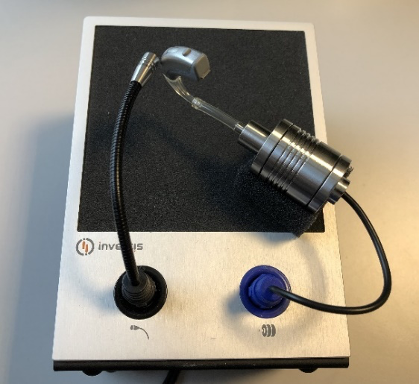
Figure 5. Inventis RECD box for measurements in the coupler.
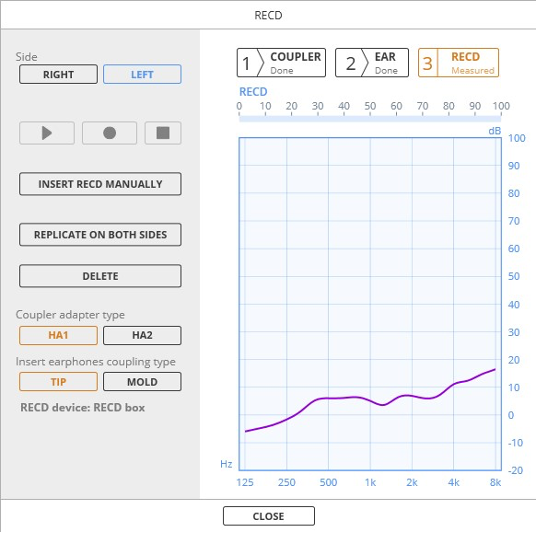
Figure 6. Maestro software – RECD curve acquisition.
AudiologyOnline: Why should you mute the hearing aid before starting an Open Fitting Measurement?
Mel Gross, AuD: With an open fitting hearing instrument, amplified sound from the hearing instrument can leak out of the ear around the open dome. The reference microphone of the REM device can pick up that sound, which can interfere with the calibration signal and lead to inaccurate results. Therefore, for an accurate calculation of the correct level of sound to provide to the patient's ear, it's important to mute the hearing aid during the calibration phase.
AudiologyOnline: You mentioned ISTS earlier - what is it and why should we use it during real ear measurements?
Mel Gross, AuD: Traditionally, hearing care professionals used tone stimuli to evaluate probe mic measurements for hearing aid verification. Tonal stimuli do not represent what the hearing aid wearer will be listening to in their everyday life. And, non-linear hearing aids (which comprise the majority of hearing aids dispensed today) process tones differently than speech. Therefore, a standardized international stimulus that closely approximated characteristics of natural speech was developed by a working group (referred to by the acronym ISMADHA) within EHIMA (European Hearing Instrument Manufactures Association). This group consisted of people from Resound, Phonak, Siemens, Starkey, Widex, Oticon, and Interton. The result was the International Speech Test Signal (ISTS), which is based on a mix of 6 different languages using female speakers, but is unintelligible because of segmentation and mixing. For additional information on the development of ISTS, refer to Holube, Fredelake, Vlaming, and Kollmeir (2010).
AudiologyOnline: Can you expand on the reason for not using tones to evaluate hearing aids real ear measurements?
Mel Gross, AuD: Feedback reduction systems of modern hearing aids can alter the amplification envelope. Pure tones may be interpreted as a feedback noise, and the hearing aid's feedback system will reduce gain. Disabling the feedback reduction during REM is not recommended since REM should be conducted in the same way the hearing aids will be used in everyday life, and most patients will use their hearing aids with the feedback reduction system on.
AudiologyOnline: Do I really need to take the time to conduct REM?
Mel Gross, AuD: Every ear is very different! Automatic fittings take into account average data. Factors such as morphology as well as shape and length of the ear canal vary from person to person. Furthermore, two hearing aids may not deliver the exact same response curve. Variations in speaker response, microphone response, tubing length, depth of ear mold insertion, and so forth, can all influence the output of the hearing aid in the patient's ear. When the fitting is not correct, there is a good chance that the patient will come back many times in order to have the hearing aid adjusted. In some cases, the patient will stop using the hearing aids or return them for credit. For children, an accurate hearing aid fitting is critical for speech and language development and academic success. For this reason, it is necessary to measure the sound that the patient’s ears are receiving with their hearing aids in order to ensure that they receive exactly the amplification that is required.
Conducting REM in 10-15 minutes can help you deliver a successful outcome! When you fit hearing aids without conducting REM, it is like working in the dark - you have no idea how the hearing aids are truly performing in your patients' ears. Let Trumpet be your light!
For more information, please view the following resources:
Inventis Trumpet • Go wireless!
Inventis Trumpet • Introduction
Let's Get Real About Outcome Measures: Practice Solutions for Evaluating Success
Measuring and Assessing Aided Audibility Using the SII
Symphonia - the Software for Virtual Sound Environment Creation
Inventis Symphonia • Software for Virtual Sound Environment Creation
Reference
Holube, I., Fredelake, S., Vlaming, M., & Kollmeier, B. (2010). Development and analysis of an International Speech Test Signal (ISTS). International Journal of Audiology, 49(12), 891–903. https://doi.org/10.3109/14992027.2010.506889
To learn more about Inventis, please visit their Corporate Partner page on AudiologyOnline or inventis.it.



